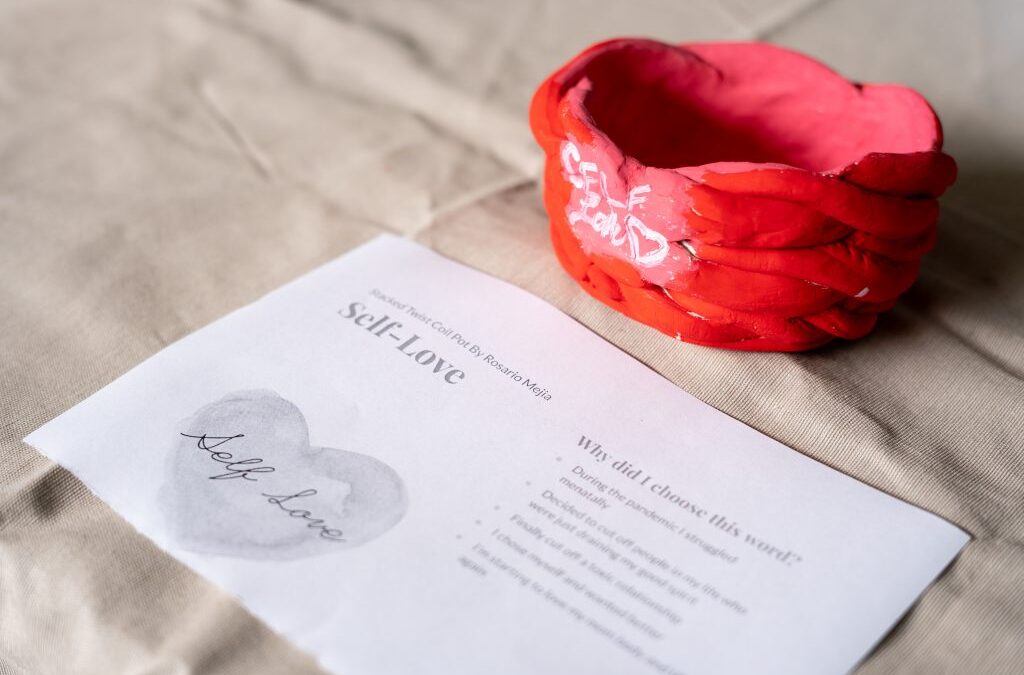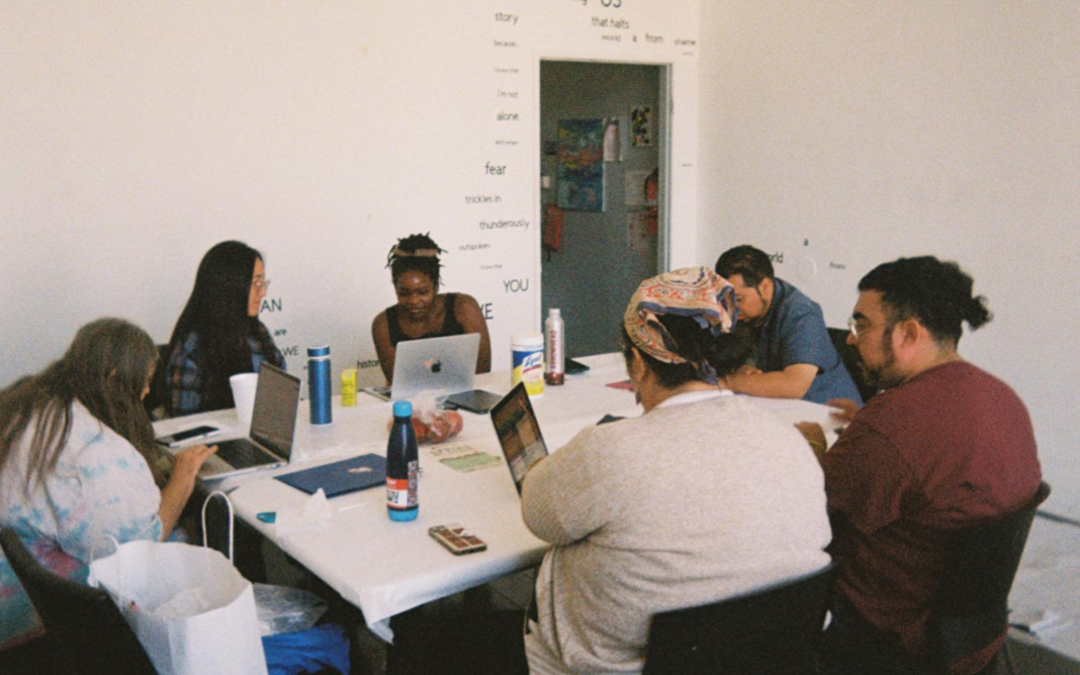
Revenge Bedtime Procrastination: What Is It and How Can You Manage It?
Listen to this blog here. Have you ever found yourself staying up late, scrolling through social media, or binge-watching shows, even though you know you should be sleeping? This phenomenon is a growing concern, especially among young adults and...The Fabric of Well-being: How Linen and Other Natural Materials Influence Your Mood and Mental Health
Listen to the blog here. While you may think that your clothes have only one purpose of making you look stylish, you’d be surprised to know the effect their materials and textures have on your mental health. Different fabrics can evoke different emotional...
